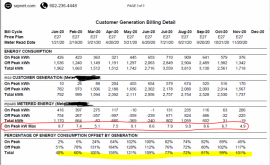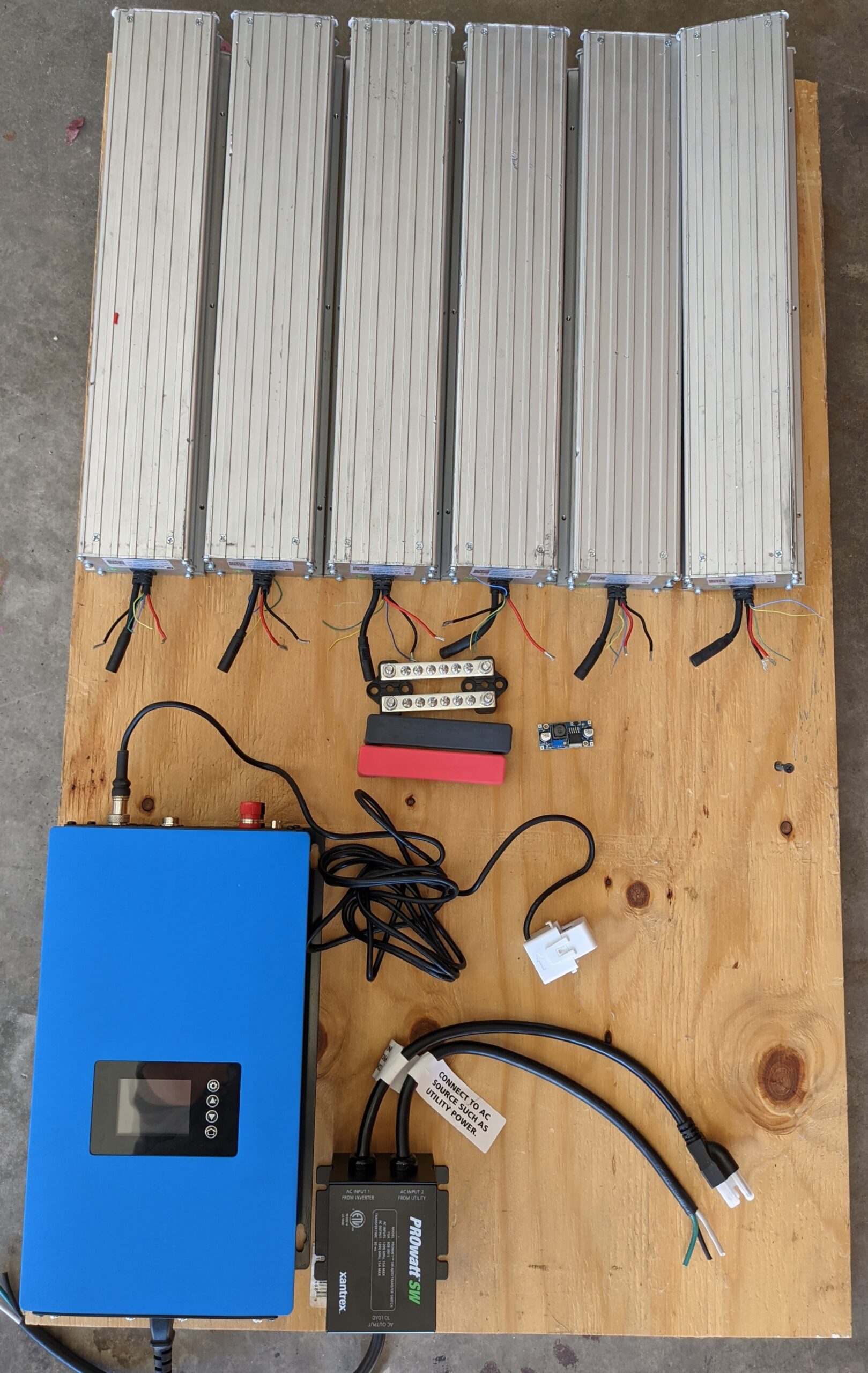SB5000US-11 is a pretty old model manufactured in 2012. In the end of last year (when I submitted application for utility permit) it was still on their approved list. I was lucky that my system was approved and commissioned before utility removed that model from the list of approved equipment. So I purchased it in mint condition from Ebay for very decent price
It has GFDI. It looks pretty same as GFCI. I believe as long as I keep NEC-compliant grounding of inverter enclosure and negative DC line according to specifications, it won't interfere
Hedges raised a good concern about how to get 338V from battery inverter if neutral in AC side of it is also bonded to ground. AFAIK all those "true sine" inverters all use something around 50kHZ on MOSFET's and ferrite transformer in their internal circuitry. Then they rectify it to DC and use second DC-to-60Hz high voltage inverter in the same box to produce 60Hz rectangle or "true sine" output. In latter case I guess they fiddle with PWM either between rectifier and second inverter or maybe with MOSFET's before transformer to form that "true sine". Using PWM is the only way how MOSFETs can avoid working in analog mode which would instantly kill them with overheating
In any case they should have a 50kHz rectifier unless they have a heavy and bulky 60Hz direct upconvert transformer. So for my purpose I can grab 338V DC directly after that internal 50kHZ rectifier within a box and disconnect rectifier from any further 60Hz-producing circuitry thus insulating it from the ground.
Also benefits of 50kHz rectifier are much smaller capacitors than needed to rectify 60Hz on inverter's conventional output
I searched alibaba.com. Some vendors there have step-up convertors from 24V DC to 310V DC or 48V to 310v or 480V. I don't remember the exact output voltage. But it's within normal operational limit of SB5000US-11. So that DC-DC convertor might be the best choince for my case. The only caveat, it doesn't have a built-in BMS
I don't trust high voltage batteries. They are very expensive and need expensive BMS. Also they are not very common and if one cell fails, entire battery is wasted. Hence they are not reliable. All those reasons look like "Show stopper" from using "Sunny Boy Storage" requiring high voltage battery
It has GFDI. It looks pretty same as GFCI. I believe as long as I keep NEC-compliant grounding of inverter enclosure and negative DC line according to specifications, it won't interfere
Hedges raised a good concern about how to get 338V from battery inverter if neutral in AC side of it is also bonded to ground. AFAIK all those "true sine" inverters all use something around 50kHZ on MOSFET's and ferrite transformer in their internal circuitry. Then they rectify it to DC and use second DC-to-60Hz high voltage inverter in the same box to produce 60Hz rectangle or "true sine" output. In latter case I guess they fiddle with PWM either between rectifier and second inverter or maybe with MOSFET's before transformer to form that "true sine". Using PWM is the only way how MOSFETs can avoid working in analog mode which would instantly kill them with overheating
In any case they should have a 50kHz rectifier unless they have a heavy and bulky 60Hz direct upconvert transformer. So for my purpose I can grab 338V DC directly after that internal 50kHZ rectifier within a box and disconnect rectifier from any further 60Hz-producing circuitry thus insulating it from the ground.
Also benefits of 50kHz rectifier are much smaller capacitors than needed to rectify 60Hz on inverter's conventional output
I searched alibaba.com. Some vendors there have step-up convertors from 24V DC to 310V DC or 48V to 310v or 480V. I don't remember the exact output voltage. But it's within normal operational limit of SB5000US-11. So that DC-DC convertor might be the best choince for my case. The only caveat, it doesn't have a built-in BMS
I don't trust high voltage batteries. They are very expensive and need expensive BMS. Also they are not very common and if one cell fails, entire battery is wasted. Hence they are not reliable. All those reasons look like "Show stopper" from using "Sunny Boy Storage" requiring high voltage battery
Last edited:








